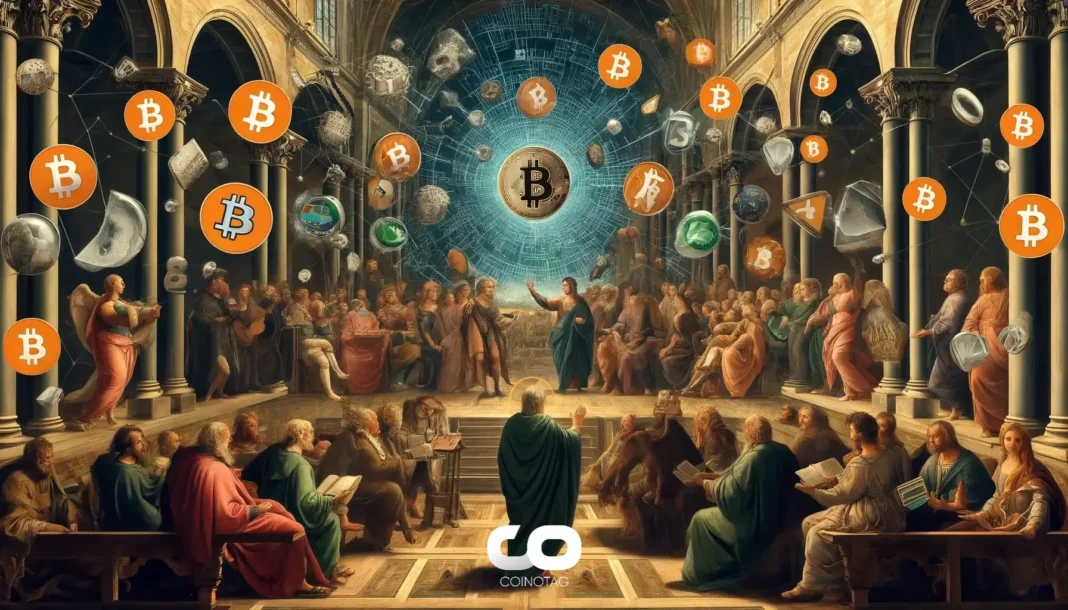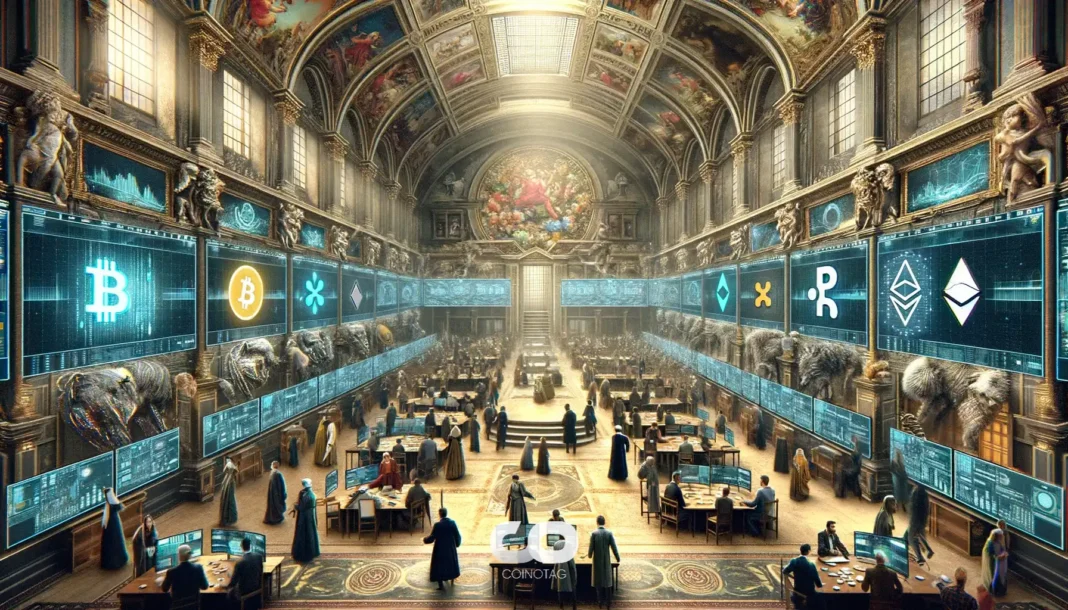Pi Network is not listed on Binance due to its centralized governance, slow mainnet rollout, and a lack of real-world utility for its token.
-
Centralized Governance: Key decisions are made by the Pi Core Team, hindering decentralization.
-
Slow Mainnet Rollout: Many activities still occur on the Testnet, delaying full network functionality.
-
Utility Gaps: Lack of spendable Pi and essential features limits adoption.
Discover why Pi Network isn’t listed on Binance and what challenges it faces in achieving this goal. Learn about governance, mainnet issues, and utility gaps.
| Challenges | Impact | Current Status |
|---|---|---|
| Centralized Governance | Limits trust and decentralization | Decisions made by Pi Core Team |
| Slow Mainnet Rollout | Delays full network functionality | Still largely on Testnet |
| Utility Gaps | Reduces adoption rates | Key features unavailable |
What is the Pi Network and Why Isn’t It Listed on Binance?
The Pi Network is a cryptocurrency project that aims to make mining accessible to everyone. However, it remains unlisted on Binance due to issues like centralized governance, slow mainnet rollout, and a lack of utility for its token.
Why is Governance a Challenge for Pi Network?
Despite its community-driven vision, Pi Network’s governance is still centralized, with key decisions made by the Pi Core Team. This centralization is a significant barrier for major exchanges like Binance, which prefer decentralized governance structures.
How is the Mainnet Rollout Progressing?
The mainnet rollout of Pi Network has been slow, with much of the activity still occurring on the Testnet. The Pi Core Team has urged users to complete KYC verification to expedite the migration, but progress has been less than satisfactory, leaving the network looking incomplete.
What Utility Gaps Exist for Pi Network?
Many features that could enhance real-world utility, such as validator payouts and ecosystem rewards, are currently unavailable. This lack of spendable Pi limits user adoption and engagement, further complicating the path to a Binance listing.
Frequently Asked Questions
What are the main challenges facing Pi Network?
The main challenges include centralized governance, slow mainnet migration, and gaps in real-world utility, which hinder its adoption.
How can Pi Network improve its chances for a Binance listing?
To improve its chances, Pi Network needs to decentralize governance, complete its mainnet rollout, and enhance the utility of its token.
Key Takeaways
- Centralization is a Barrier: Pi Network’s governance structure needs to change for a Binance listing.
- Mainnet Migration is Crucial: Completing the mainnet rollout is essential for credibility.
- Utility Must Improve: Real-world applications for the token are necessary to drive adoption.
Conclusion
In summary, Pi Network faces significant challenges that prevent its listing on Binance. Addressing governance issues, expediting the mainnet rollout, and enhancing token utility are critical steps for the project to gain traction in the competitive crypto market.






